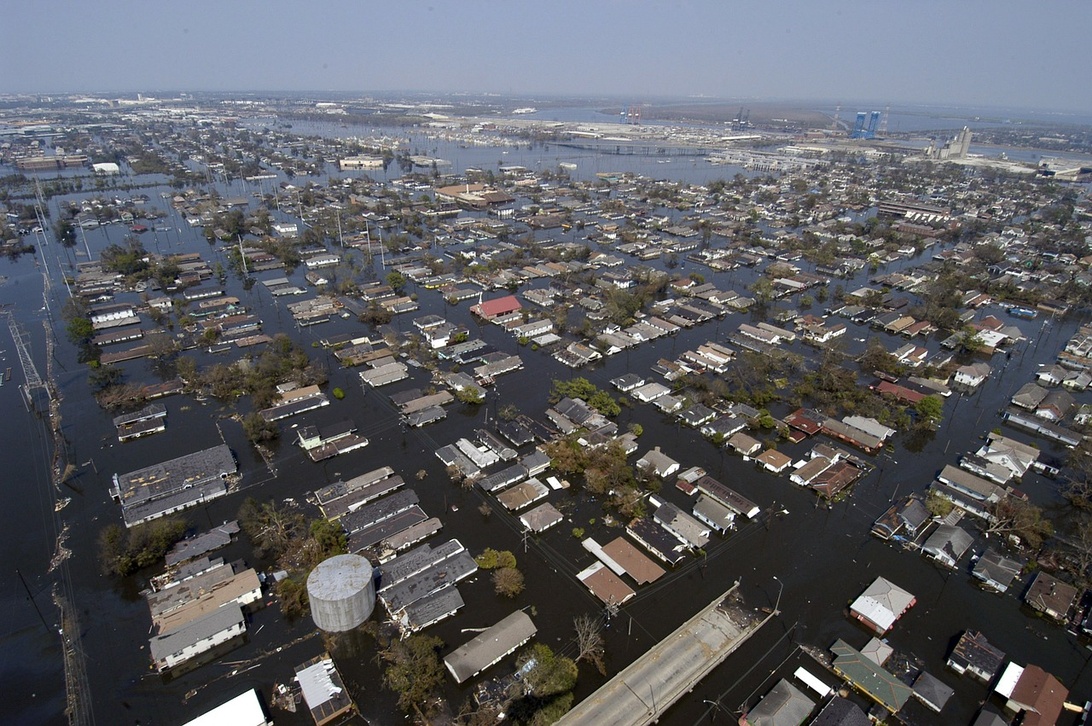The Impact of Climate Change on Real Estate Markets

Climate change is reshaping the global real estate market. Rising sea levels, intense storms, droughts, and wildfires are impacting property values, investment strategies, and the long-term stability of the sector. This article explores the key aspects of this transformation, focusing on risks, consequences, and the proactive steps being taken by property owners, investors, and communities worldwide.
Physical Risks
Real estate assets are inherently vulnerable to the physical effects of climate change. Globally, flooding (both coastal and inland) represents a significant threat. Rising sea levels and intense storms are increasing flood risks in coastal areas, while heavier rainfall and altered weather patterns impact inland properties. Research shows an overvaluation of properties in flood-prone zones, indicating that markets aren’t fully accounting for these risks. A Nature Climate Change study highlights billions in overvaluation due to current flood risks.
Beyond Flooding
The challenges extend far beyond flooding. Wildfires, fueled by drought and heat, are a growing threat in regions like Australia, Southern Europe, and North America, causing property damage and affecting long-term values. Extreme heat, declining air quality (from pollution and wildfires), and strong winds also impact property values and desirability. These risks vary significantly; some regions are disproportionately affected. For example, the World Wildlife Fund reports significant biodiversity loss, impacting ecosystems and, indirectly, property values.
Commercial Real Estate Under Pressure
Climate change significantly impacts commercial real estate, presenting unique challenges and requiring specific adaptation strategies. Office buildings, retail spaces, and industrial facilities face similar physical risks as residential properties, including flooding, extreme heat, and storms. However, the economic consequences can be amplified due to business interruption, supply chain disruptions, and potential tenant relocation. For example, data centers, crucial for the digital economy, are significant energy consumers, presenting a challenge in balancing operational needs with decarbonization efforts.
Adapting Commercial Spaces
The commercial sector is responding with both mitigation and adaptation measures. Mitigation, focused on reducing the carbon footprint, is gaining traction, especially in new construction. However, many existing buildings lag, requiring retrofitting. Adaptation is also crucial. This includes measures like flood defenses, improved HVAC systems for extreme heat, and backup power generation. The SEI’s research highlights the need to address both physical and transitional risks for comprehensive risk management.
Economic Impacts
Physical risks translate into direct economic consequences. Property damage, increased operating costs, and rising insurance premiums are major factors. In areas hit by natural disasters, insurance companies are raising premiums or withdrawing coverage, creating crises and market uncertainty. Some regions have seen dramatic increases in flood insurance premiums, impacting affordability. This trend is global, affecting many countries facing similar problems.
The Risk of Overvaluation
A significant concern is the potential overvaluation of properties in at-risk areas. Studies show that markets haven’t fully priced in climate risks, leading to overvaluation. This lack of comprehensive climate risk information, combined with underestimation of long-term impacts, creates a potential real estate bubble. A burst could severely impact property owners and financial stability, as highlighted in a Nature Climate Change study. Accurate risk assessment and transparency are urgently needed.
Market Adaptation
Despite challenges, markets are adapting. Home values are rising faster in lower-risk areas, showing increased buyer awareness. Many buyers now prioritize climate risks, a trend confirmed by studies, including one from Zillow. This demand for climate-resilient homes is driving innovation in construction, with new techniques and materials offering better protection. Examples include elevated foundations, impact-resistant windows, and fire-resistant materials.
Policy’s Role
Addressing climate risks requires proactive policy and regulations, not just market adaptation.
Building Codes
Stricter building codes, like those in Canada (Climate-X), are crucial to ensure new buildings are more resilient. Many countries are updating their codes to address climate change, incorporating features like improved insulation, water management systems, and stronger structural designs. These changes, while potentially increasing upfront costs, enhance long-term value and insurability.
Disclosure Requirements
Globally, increased requirements for climate risk disclosure are pushing for greater transparency. This influences investment decisions and promotes more realistic property valuations. The Task Force on Climate-related Financial Disclosures (TCFD) provides a framework for companies, including those in real estate, to report on climate-related risks and opportunities. The Columbia SIPA study highlights the need for better data.
Financial Tools
Real estate law can promote sustainability. “Green leases,” with clauses on energy efficiency and renewable energy, reduce properties’ environmental impact (Law and Climate Atlas). “Green mortgages” offer favorable terms for energy-efficient homes, boosting demand. These tools provide financial incentives for sustainability.
Nature-Based Solutions Worldwide
Nature-Based Solutions (NBS) are vital for managing risks and enhancing biodiversity. NBS, like sustainable urban drainage systems (SUDs), green roofs, and urban green spaces, address climate challenges while benefiting people and the environment (Cushman & Wakefield). Integrating these solutions helps the real estate sector reduce its footprint and build resilience. Examples include constructed wetlands for flood control and wildlife habitats.
Real Estate’s Future: Resilience
Climate change presents the global real estate market with challenges and opportunities. Integrating climate risks into valuations, investments, and development is key. Investing in resilient buildings, promoting sustainable solutions, and fostering collaboration are essential. This includes leveraging technology for micro-analysis of locations and building types to accurately assess risks, reflecting the data science revolution (The Front Page).
Facing Complexity
The transition is complex and requires a holistic approach, not only building climate-resilient homes but also managing the social and economic consequences. It’s crucial to ensure adaptation doesn’t worsen inequalities, as lower-income households are often disproportionately affected. An equitable transition, ensuring all communities have access to safe housing, is key.
A New Paradigm
Climate change is creating a new era for real estate, demanding rethinking, innovation, and collaboration. The sector must act to reduce vulnerability and contribute to a sustainable future. The future market will be defined by climate risk awareness, a drive for sustainable solutions, and understanding the interconnectedness of properties, environment, and well-being. The real estate industry must become a net contributor to decarbonization, as The Front Page emphasizes.